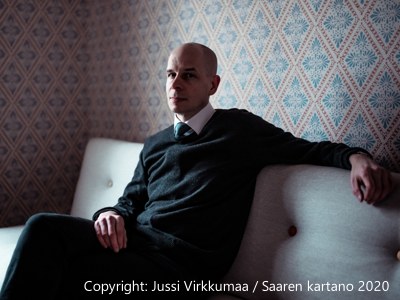Instrumentation: Flute/Bass Flute, Oboe, Bassoon
(or Clarinet, Oboe and Basson/or Flute, Oboe and Bass Clarinet)
Duration: ca. 10‘
Publisher: Schott Music
WP: August 10, 2008, Volkenroda (Aeolian Trio)
WP (Version for Trio d’anches): June 2, 2009, Berlin
(Erich Wagner, Clarinet – Birgit Schmieder, Oboe – Stefan Siebert, Bassoon)
WP (Version with bass clarinet): Feb 7, 2017, Calgary (also Canadian premiere), Ensemble mosaik
Further performances:
April 18, 2009, Weimar
April 19, 2009, Heilbronn
Dec 2, 2011, Dresden
Feb 10, 2017, Winnipeg
CD: WERGO
Introduction:
April is the cruellest month, breeding
Lilacs out of the dead land, mixing
Memory and desire, stirring
Dull roots with spring rain.
T.S.Eliot, The Waste Land
The imagination of a landscape in April, just uncovered from hibernal burdens, with its mixture of bleakness and sprouting yet muddy colours, forms the basic sound characteristics of dull roots & spring rain.
During the composition, a set of obstructions (in the sense of OuLiPo or the Dogma-films) has been observed. Melodic elements and fast, brillant figurations are excluded, the piece is, in a way, composed like a camaïeu-drawing: devoted to very subtle gradations of a few sounds and textures; the harmonic structures are nearly completely based on one single pitch-set that is only varied by transposition, micro-intervallic and multiphonic extensions and changes of register. Generally characteristical is the often slightly dull colouring of the (in itself) clear and precise sound of the three woodwinds and the preference of the middle octave (with the bassoon playing often in its upper, the oboe and flute in the lower register). Only occasionally, short catenae of repeted or oscillating impulses emerge from this ‚openwork‘ band of sound; a few times, the register is being expanded.
The second movement differs from the first one apparently only by the dim colouring of the bass flute; however, on closer observation, one recognises a somewhat calmer formal rhythm and a gradual shift of frequency among the textures: impulses and staccato-articulations vanish almost totally, while subtle timbre-oscillations appear more and more dominantly. Thus, dull roots & spring rain is anything but amorphous and uneventful: yet all developments take place in a microscopic scale.
